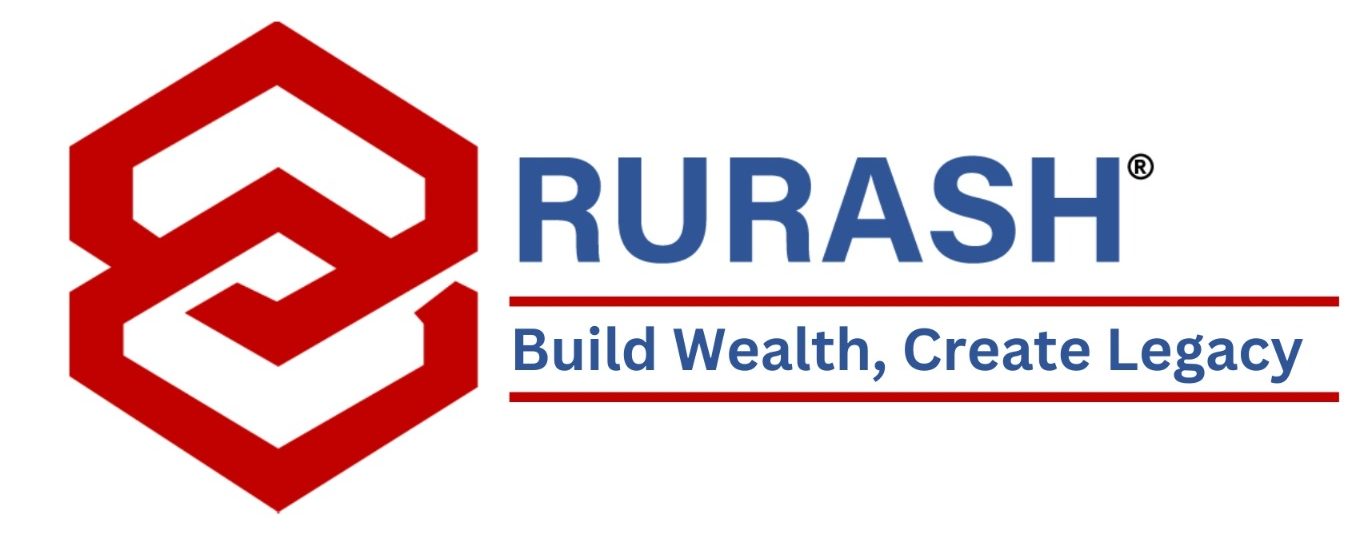In the world of personal finance in India, getting access to funds without selling off your valuable securities is a game-changer. Loan Against Securities (LAS) serves as a financial lifeline, allowing individuals to access funds without hastily liquidating their securities.
The Reserve Bank of India (RBI) governs this financial practice, ensuring stability and mitigating risks. To navigate this landscape effectively, it is crucial to comprehend the rules outlined by the RBI.
How Loan Against Securities Works
LAS facilitates the timely availability of funds without the necessity of selling securities impulsively. The borrowed amount is contingent upon the pledged securities. Typically, a current account is established in the borrower’s name, and interest is computed on the withdrawn amount during the utilization period. This approach ensures a stable influx of cash without forfeiting the benefits of dividends and bonuses from retained securities.
When seeking a lender, it’s tempting to prioritize high loan amounts and favorable interest rates. However, compliance with RBI regulations is paramount. This compliance involves RBI registration and adherence to specific loans against securities guidelines.
Loan Against Shares: RBI Guidelines
The RBI issues comprehensive guidelines to regulate loans against securities, encompassing critical aspects to maintain market stability and prevent large-scale defaults.
1) Purpose of the Loan
According to RBI guidelines, financial institutions can grant loans against securities for emergency expenses, personal needs, subscriptions to new or rights issues, and purchases in the secondary market.
2) Acceptable Collateral
The RBI categorizes securities into Groups I, II, and III based on trading frequency and cost impact. Only Group I stocks, traded for at least 80% of days in the last six months and falling within the first 1% in the list of stocks with the lowest cost impact, can be used as collateral for loans exceeding 5 lakhs. Group I stocks provide reliability and safety due to high liquidity and diversification, ensuring market stability.
3) Loan Amount
To promote responsible lending, RBI specifies maximum loan amounts. For physical securities with paper certificates, the limit is Rs 10 lakhs, while for dematerialized securities held electronically, is Rs 20 lakhs. Dematerialized securities offer higher limits due to easy verification and efficient management.
4) Loan-to-Value Ratio (LTV)
RBI guidelines stipulate that the maximum LTV ratio for loans approved by Non-Banking Financial Companies (NBFCs) must be less than 50%. This precautionary measure cushions lenders from significant declines in collateral value, maintaining financial stability.
5) Lending Policy
NBFCs must formulate a lending policy that includes obtaining a declaration from the borrower regarding borrowings from other financial institutions. This prevents overexposure to risk from a single company’s stock.
6) Reporting Transparency
RBI mandates reporting transparency, requiring financial institutions to report to the stock exchange if the total value of stock and security assets held as collateral exceeds Rs. 100 crores. This prevents overborrowing and potential market upheavals.
While the RBI guidelines provide a robust framework, borrowers and lenders must adopt additional risk mitigation strategies.
Tips for Borrowers and Lenders
For Borrowers:
- Conduct Thorough Research: Before pledging securities, borrowers should research lenders thoroughly. Consider not only the interest rates but also the lender’s reputation, adherence to guidelines, and customer reviews.
- Understand the Terms and Conditions: A clear understanding of the loan terms and conditions is essential. Borrowers should be aware of any penalties, charges, or conditions that might impact the loan.
- Regular Portfolio Review: Borrowers should regularly review their investment portfolio and adjust the collateral if needed. This proactive approach ensures that the collateral remains aligned with their financial goals.
For Lenders:
- Transparent Communication: Lenders should maintain transparent communication with borrowers. Clearly articulate the terms of the loan, potential risks, and the implications of non-compliance.
- Invest in Technological Solutions: Investing in state-of-the-art technological solutions enhances efficiency and reduces the risk of errors. Automation of processes, especially in verification and monitoring, contributes to a seamless lending experience.
- Continuous Training for Staff: Regular training for staff on updated guidelines and market trends is crucial. It ensures that lending practices align with regulatory requirements and industry best practices.
Loan against securities, guided by RBI regulations, is a symbiotic relationship that balances the needs of borrowers and lenders while safeguarding the stability of the financial system.
Adopting a proactive approach to risk management, embracing technological advancements, and fostering transparent communication are the pillars that fortify this financial practice. As borrowers and lenders navigate the intricacies of loans against securities, they contribute to a resilient and dynamic financial ecosystem, laying the foundation for sustainable economic growth.
With Rurash Financials unlock quick and secure financing from Rs 10 lakhs to 100 Crores. Pledge your securities equity shares, mutual funds, FMP, insurance, or bonds – and enjoy instant funds with low interest rates of 9%. Our easy online application and instant processing make financing hassle-free.

